Teaching over the past several semesters has looked very different than in years past. Faculty at Georgia Tech and around the world have invested enormous energy and endless hours in reshaping courses, pedagogy, and community engagement to support student learning safely during the coronavirus pandemic. As a result, at SLS we felt it appropriate to do some re-designing ourselves with respect to this year’s teaching awards. We invited faculty teaching SLS-affiliated courses over the past year to submit short write-ups described how they successfully pivoted their courses in the context of COVID-19. We received eleven entries across four colleges that describe challenges, joys, and victories experienced while incorporating sustainability and/or community engagement into teaching amidst the challenges of the pandemic.
All entries appear below, and we invite readers to review them and reflect upon ideas and lessons learned that may be transferable. We also invite you to help SLS select several entries for this year’s Sustainable Communities Teaching People’s Choice Awards!
After reading all eleven entries, please visit this brief survey form to rank the entries. Please note that we will recognize runners up, so we appreciate your efforts to rank them thoughtfully! Voting will close on Friday, February 12, at 5:00pm.
What do we mean by favorites? It could be one(s) that provided you with new ideas to try out yourself. It could be ones that most clearly demonstrated effective adaptation to virtual and/or hybrid platforms. It may be something else entirely that strikes you as particularly worthy of recognition. Thank you for participating!
Entry 1: Dylan Brewer, School of Economics
 Heading into fall 2020, I was set to teach the Principles of Microeconomics to 100 students. Principles of Microeconomics is often a student’s first exposure to economics, so I was determined to run a great course despite the pandemic.
Heading into fall 2020, I was set to teach the Principles of Microeconomics to 100 students. Principles of Microeconomics is often a student’s first exposure to economics, so I was determined to run a great course despite the pandemic.
I predicted three main challenges for teaching during the pandemic:
- The difficulty of coordinating across different time zones and home situations
- Zoom fatigue
- Lack of engagement with the professor and fellow students
To address these issues, I wanted a class that was primarily asynchronous so that a student could take the class on the opposite side of the world, but that also offered the personal touch and connection that defines the college experience. Georgia Tech students love learning—students want to connect with their classes and get a lot more out of them than just a grade.
Thus, the format I settled on was to pre-record lecture videos for the core material broken into 10-minute segments. In addition, I held once-per-week synchronous sessions that ran no more than 30 minutes.
The 30-minute synchronous sessions were where the course really came alive and where I saved my very best material to share with the students. I based these 30-minute sessions on typical live-streaming sessions by content creators on platforms such as Instagram, YouTube, and Twitch. Keeping the synchronous classes short helped to keep energy high.
Students were encouraged to use the chat during class to interact with me and the other students while I provided commentary in real time. Some weeks we covered difficult homework problems, while in other weeks we looked at data from the United States Bureau of Labor Statistics or Google search trends to see how the pandemic was shaping the economy.
The course format worked better than I hoped, with several students praising the course as one of their favorites at Georgia Tech, despite the pandemic.
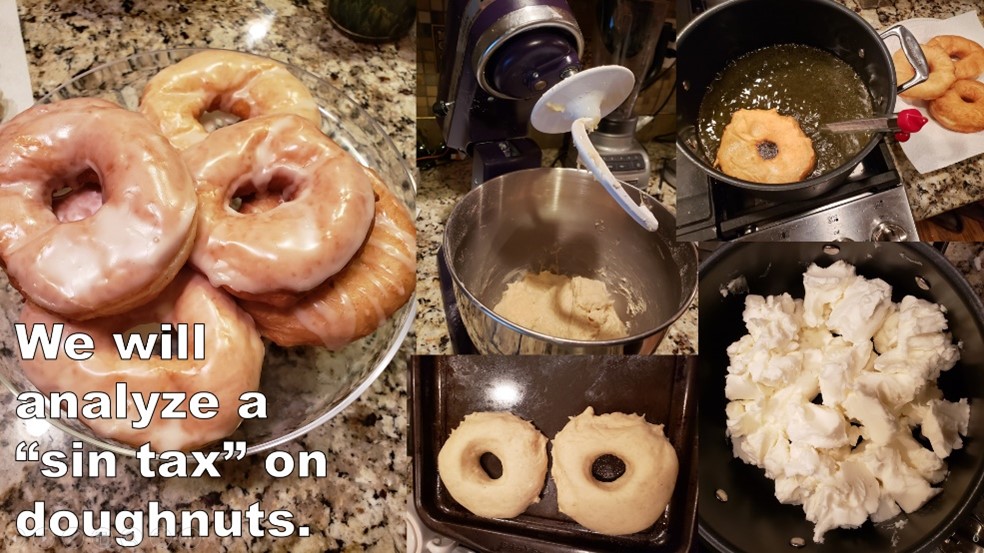 Most of the examples in the course focused on the economics of doughnuts
Most of the examples in the course focused on the economics of doughnuts
Entry 2: Jairo Garcia, School of City and Regional Planning
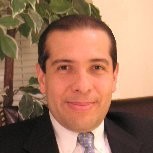 Last year’s transition of classes from face-to-face to online was quite challenging. The accelerated pace required for this migration to minimize negative impacts on students made it very difficult. Another challenge to this process was the complexity that some classes presented because of the nature in which they were designed. A good example of this complexity was the migration of the Sustainable Cities Studio class at Georgia Tech.
Last year’s transition of classes from face-to-face to online was quite challenging. The accelerated pace required for this migration to minimize negative impacts on students made it very difficult. Another challenge to this process was the complexity that some classes presented because of the nature in which they were designed. A good example of this complexity was the migration of the Sustainable Cities Studio class at Georgia Tech.
The Sustainable Cities Studio is the capstone for the Sustainable Cities Minor. The primary focus of this multidisciplinary class is to work with a community partner, selected by specialists at the Georgia Tech’s Server-Learn-Sustain (SLS), to identify an opportunity and propose recommendations to make this community more sustainable. Students apply Asset Based Community Development principles, use the lens of climate justice and social equity during their work, and apply the Sustainable Development Goals as a blueprint for their recommendations. These strategies require constant input from members of the community, which proved difficult during the pandemic.
Despite these enormous challenges, including the spread of COVID-19 in one of the partner organizations, students were able to work remotely with other stakeholders. Using spatial analysis and community feedback, students identified climate change as the most significant threat to the city—specifically its disproportional impact on communities of color, which exacerbates the historical socio-economic inequalities in the region.
This project has received praise from many organizations for its comprehensiveness and relevance to the existing threat of climate change to Savannah. The City’s Director of Sustainability was very pleased with the results, indicating that this work is extremely helpful to meet their climate adaptation goals. During the fall, this project was presented virtually at the Annual Global Climate Action Symposium at Georgia Tech. The success of this project was based on the firm and constant collaboration with community partners; the exceptional support of the SLS team; and the passion, dedication, and commitment of the students to contribute to the community and to the body of knowledge.
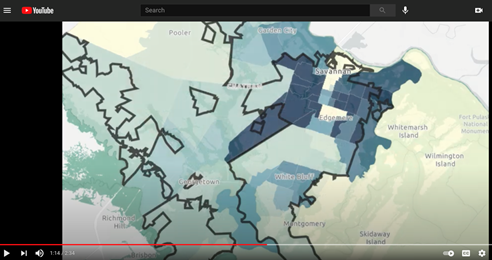 Students identified low-income areas of the city, mostly communities or color, as the most drastically affected by sea-level rise. Watch a short video about the project at https://youtu.be/9JhFgTVWIWU
Students identified low-income areas of the city, mostly communities or color, as the most drastically affected by sea-level rise. Watch a short video about the project at https://youtu.be/9JhFgTVWIWU
Entry 3: Allen Hyde, School of History and Sociology
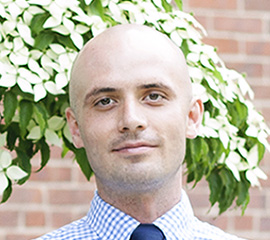 “Please help people that need help with things.” These were the closing words of an interview with one youth resident from Clarkston during the Fall of 2020, which took place after the quarantine and economic fallout of the COVID-19 pandemic and disruption to many aspects of life, including online school and learning. Clarkston is a refugee resettlement community in the eastern suburbs of Atlanta adjacent to the 285 Perimeter, and Clarkston is dubbed “the most diverse square mile in America” due to the huge racial and ethnic diversity that blesses this city. It is often heralded for its welcoming policies and practices for immigrants and refugees.
“Please help people that need help with things.” These were the closing words of an interview with one youth resident from Clarkston during the Fall of 2020, which took place after the quarantine and economic fallout of the COVID-19 pandemic and disruption to many aspects of life, including online school and learning. Clarkston is a refugee resettlement community in the eastern suburbs of Atlanta adjacent to the 285 Perimeter, and Clarkston is dubbed “the most diverse square mile in America” due to the huge racial and ethnic diversity that blesses this city. It is often heralded for its welcoming policies and practices for immigrants and refugees.
For the Fall 2020 semester, Dr. Hyde’s HTS 2016 Social Issues and Public Policy course partnered with Friends of Refugees (FOR) and UPPER90, a local soccer organization that helps youth succeed on and off the field, to provide feedback on the new FOR community center that is beginning construction in Clarkston, GA. Specifically, GA Tech students interviewed Clarkston youth aged 10-17, who are often not consulted about their wants and needs when it comes to new developments in their community, about what they wanted to see from the new community center, as well as ways to make the community of Clarkston an even more welcoming community. These interviews were socially distant and virtual given the COVID-19 pandemic and potential health concerns, but this immediately helped everyone relate to the challenges of online learning and communication that students of all ages have faced during this challenging time.
The Clarkston youth, all of whom are soccer players, emphasized the importance of soccer and safe places to gather and play as being a priority, as well as a community center with flags and art from their countries of origin, music and video production classes, programming for their parents like women’s groups and adult ESL, free and safe WIFI access, and help with transportation. GA Tech students learned skills in interviewing, as well as participatory design of buildings like community centers.
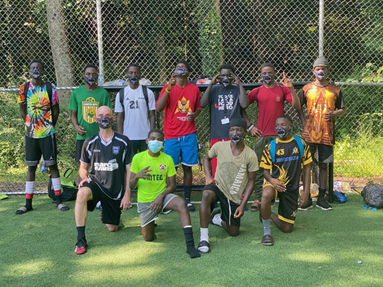 Clarkston youth soccer players with Prof. Hyde.
Clarkston youth soccer players with Prof. Hyde.
Entry 4: Sabir Khan, School of Architecture and School of Industrial Design
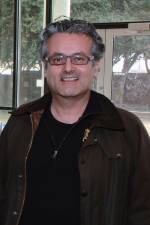 The pedagogy for this senior fall design studio responds its position as a three-fold threshold: into graduate school, the profession, and the world. Typically I preface the main project by two weeks of stock-taking. Following Gramsci, students make inventories of their own work in order to problematize what they have learned and to identify what they would like to know more about.
The pedagogy for this senior fall design studio responds its position as a three-fold threshold: into graduate school, the profession, and the world. Typically I preface the main project by two weeks of stock-taking. Following Gramsci, students make inventories of their own work in order to problematize what they have learned and to identify what they would like to know more about.
Fall 2020 I added a three-week project that put the social and the societal in the cross hairs. I posed this question: how can, if at all, architects, as citizens and as professionals, respond to the pandemic and to the racial and economic inequities it and the Black Lives Matter protests have made glaringly evident? Students developed ideas through different kinds of drawings. Assigned readings troubled their complacency in the hope of arousing their sense of agency.
The brief was open-ended. Proposals could be at the scale of the artifact, the building, or the city. The situations addressed could range from the special to the everyday. Students got off to a slow start but the discursive nature of the exploration sparked some very strong proposals.
The images are from two projects. The first draws upon the history of photomontage and the work of Martha Rosler in particular -- "House Beautiful: Bringing the War Home" (1967-72); "Point and Shoot" (2008) -- to meditate on walls and fences at the border or in our gated communities. The second settled on bus stops to explore homologies between segregation and social distancing - in this case through life-size statues that remember black lives lost to police and vigilante violence.
The takeaway? We should exercise our social muscle regularly to keep it from atrophying. Rather than one-off projects now and then, perhaps calisthenics in studio every semester where we focus on inequities and precarity in American society in order to articulate the worlds we want and hope to live in.

Slide representing the work of a student in ARCH 4016.
Entry 5: Mirjana Milosevic-Brockett, School of Biological Sciences
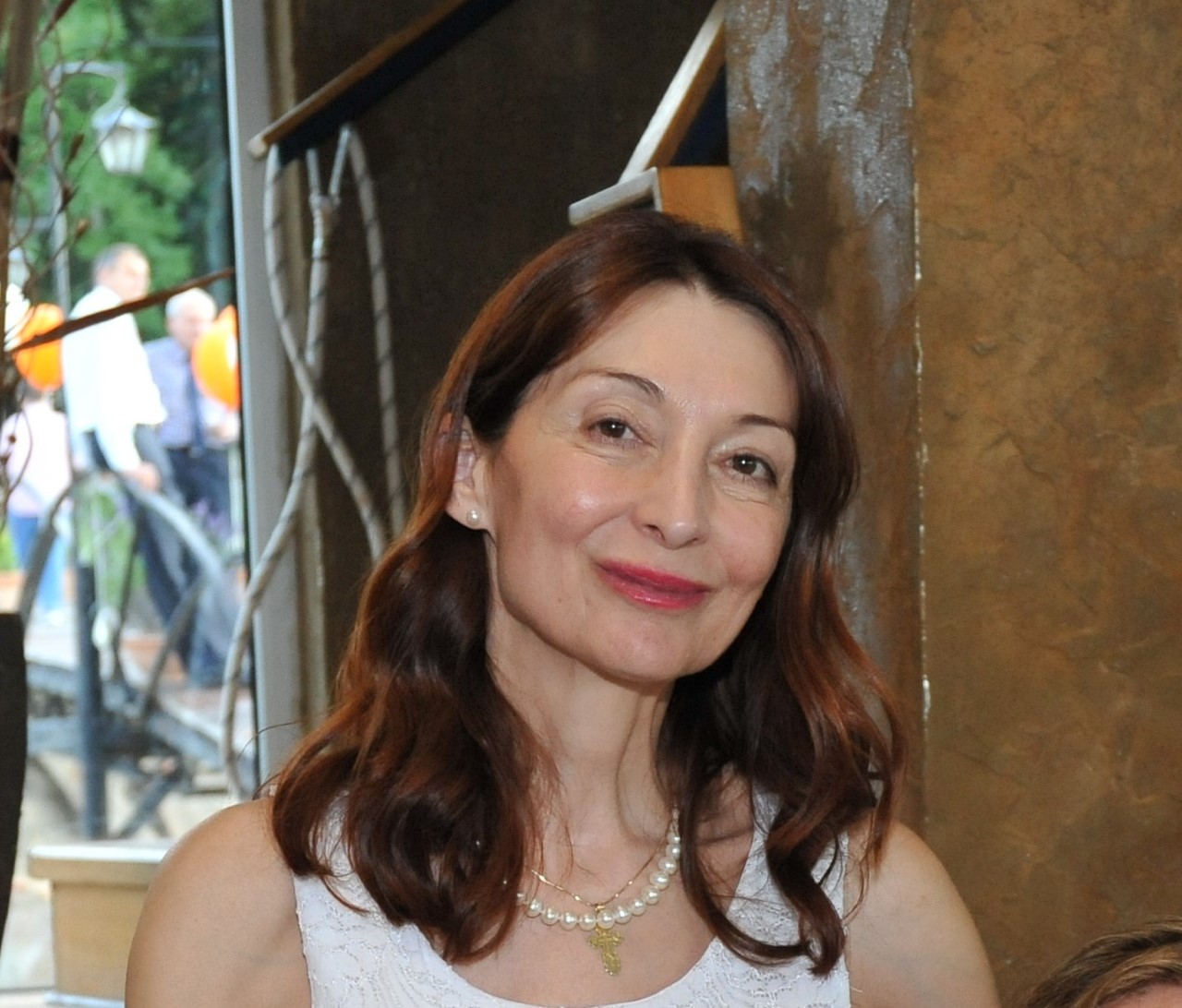 Service Learning in Bioethics class (BIOS 4651): In the beginning of the 2020, I had a wonderful opportunity to present my work on the SLS component to my class, at the Scholarship of Teaching and Learning (SoTL) conference in Savannah, Georgia. Our poster, with the title “Understanding the effectiveness of service learning in an undergraduate bioethics class” was very popular at this SoTL meeting, as well as at the Celebrating Teaching day, here at Georgia Tech. Little did we know that the entire world was about to change with this new SARS pandemic…
Service Learning in Bioethics class (BIOS 4651): In the beginning of the 2020, I had a wonderful opportunity to present my work on the SLS component to my class, at the Scholarship of Teaching and Learning (SoTL) conference in Savannah, Georgia. Our poster, with the title “Understanding the effectiveness of service learning in an undergraduate bioethics class” was very popular at this SoTL meeting, as well as at the Celebrating Teaching day, here at Georgia Tech. Little did we know that the entire world was about to change with this new SARS pandemic…
I continued teaching spring Bioethics with the SLS project, since my students already completed some service work. In order to accommodate the Covid-19 lockdown, I made minor changes to the syllabus, offering alternative forms of service and interviews with community leaders. Several students found opportunities related to the Covid-19 crisis and became engaged in the Atlanta community either directly or indirectly via: testing, food delivery, educational initiatives, making and distributing masks, distributing hand sanitizers and other valuable forms of volunteer work. We had a couple of classes dedicated to Ethics and Healthcare in the time of Covid-19 pandemic. These classes addressed many ethical questions regarding the pandemic, as well as vaccine development and distribution.
I was somewhat nervous about teaching online and trying to keep my SLS component in the Fall 2020 Bioethics course. To my surprise, both spring and fall classes were a real success, with amazing service ideas and final presentations. I could even say that these extraordinary circumstances of the past year increased student’s enthusiasm and engagement. I am excited about the Service Learning in this spring semester, and I hope that my students continue with dedication to service and contribution to our community.
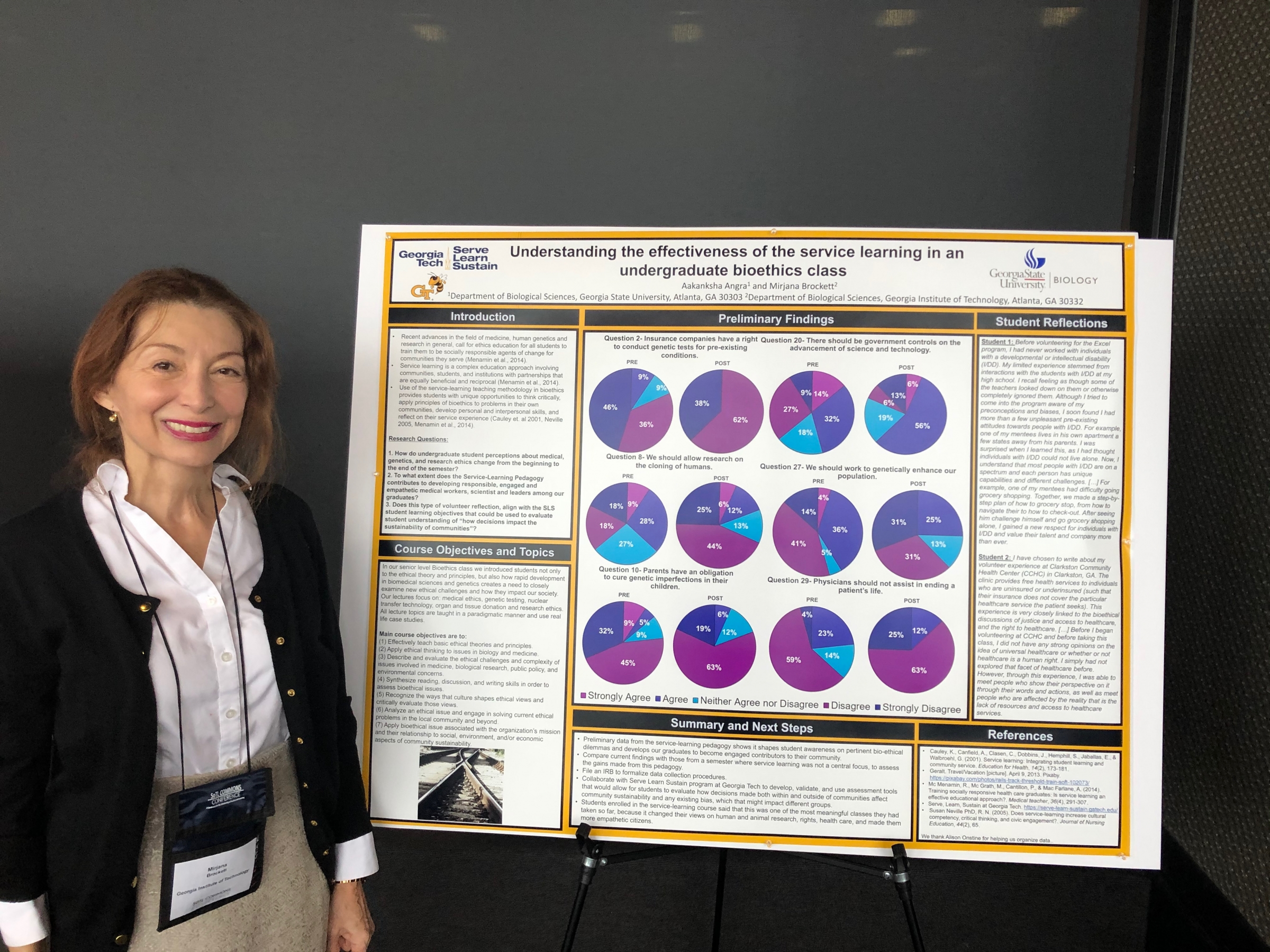 Presentation at SoTL conference in Savannah, GA, February 2020.
Presentation at SoTL conference in Savannah, GA, February 2020.
Entry 6: Michael Nitsche, School of Literature, Media, and Communication
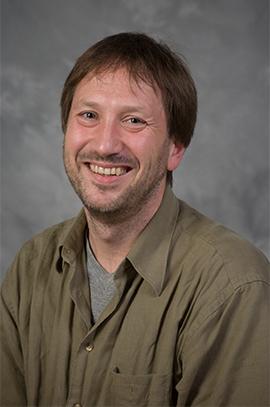 The original plan for our class on Educational Technologies (spring ’20) was to explore physical computing and interaction design in the context of campus-based environmental efforts. How can we use technologies, such as tangible interfaces, to support educational efforts that support campus-wide sustainability?
The original plan for our class on Educational Technologies (spring ’20) was to explore physical computing and interaction design in the context of campus-based environmental efforts. How can we use technologies, such as tangible interfaces, to support educational efforts that support campus-wide sustainability?
For a class that targeted physical prototypes on site, going online called for some creative adjustments. It was a suggestion from the students that solved the challenge: we changed the final project from a prototype to a documentation in the form of speculative fan zines. The zines, a form of media in themselves, still managed to lay out the original ideas even though those projects could not be implemented anymore as the campus shut down rapidly.
For example, one zine centered on the trees on campus and how students might better connect with them. Tech has over 13,000 trees on campus that already perform a great service through water run-off control, shading, and Carbon sequestration. But a student rushing from one class to another might not realize this contribution. Countering this, the speculative tree-fan-zine delivered information about the value and significance of the arboretum on campus, suggested activities, and sketched out designs for “conversations with trees” through digital media.
At the same time, the pandemic did not merely change the technical deliverables and meeting modus of the course, it also affected the topic itself. Raising anxiety levels about the pandemic put more emphasis on students’ mental well-being and the speculative “conversations with trees” were not merely technical functions but aimed to support mental health as much as environmental information on campus.
In many ways, we were lucky to work within a small class. This allowed discussions amongst all of us to change themes and adjust deliverables together. The changes were certainly challenging but in that way all had a voice in addressing them.
Entry 7: Elora Raymond, School of City and Regional Planning
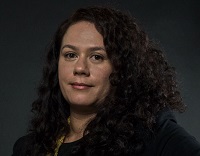 In Spring of 2021, I taught CP6630, Government and Housing Markets. This graduate course is typically taught in a lecture format with a solo term paper and final exam due at the end of the semester. I restructured the course with two goals in mind: 1) to facilitate community, and 2) to allow students to work on projects that would help combat the ongoing COVID19 housing crisis.
In Spring of 2021, I taught CP6630, Government and Housing Markets. This graduate course is typically taught in a lecture format with a solo term paper and final exam due at the end of the semester. I restructured the course with two goals in mind: 1) to facilitate community, and 2) to allow students to work on projects that would help combat the ongoing COVID19 housing crisis.
To increase the opportunities for discussion and informal interaction, I split the class into four groups that worked together all semester long. I shortened lectures and allocated class time for these groups to meet. I opted to use MS Teams rather than Bluejeans because it is easy to have students switch between group and full class exercises. MS Teams also creates persistent team channels, which provide a convenient place for students to interact with each other outside of scheduled class time.
These groups worked on three short papers assignments on the relationship between community organizing and housing policy. In one assignment, they investigated a historical housing policy which emerged from grassroots organizing, such as the 1968 Fair Housing Act or the 1977 Community Reinvestment Act. In another assignment, students worked with a community group to assist with the COVID19 crisis. One team used gathered evictions data to help Housing Justice League tenant organizers identify hotspots and canvas households facing eviction during the crisis. Another team worked with housing lawyers and student groups at Brown University and Spelman College to mail information about the CDC moratorium declaration to tenants in need. (We are very grateful for SLS for funds to cover postage, allowing us to reach thousands of Atlanta households facing eviction).
The students felt strongly that this online class “worked”, that they learned well in this format, and could engage with each other meaningfully. They also appreciated the opportunity to help during our current national crisis. Two of the teams are continuing to work on their group projects even though the course has ended. Based on the course evaluations, I may keep this format once we return to face-to-face instruction.
 One student team collaborated with housing lawyers to mail the CDC moratorium declaration to thousands of Atlanta households facing eviction.
One student team collaborated with housing lawyers to mail the CDC moratorium declaration to thousands of Atlanta households facing eviction.
Entry 8: Jennifer Singh, School of History and Sociology
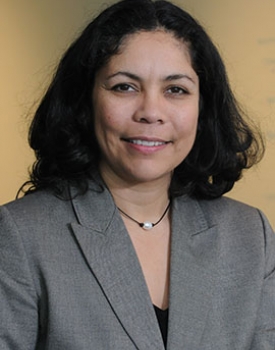 Teaching a service-learning course in Fall 2020 during the COVID-19 pandemic seemed like an impossible task. However, the opportunity for students to reflect on what they did with and for communities during this extraordinary time is one that I could not pass up. I taught Sociology of Health and Medicine with a focus on the health inequities associated with COVID-19. The students who decided to stay in the course and take part of the service-learning challenge were creative and imaginative of how they could work with communities safely. Many students conducted their service learning virtually by doing various types of volunteer work, such as being an academic tutor through the organization Mind Bubble, writing thank-you letters to Atlanta healthcare providers with Hands-on Atlanta, developing on-line music lessons for patrons of the Covenant House, creating videos by reading children’s books for the United Way of Greater Atlanta Online Storytime, providing virtual assistance and disaster relief to people all over the U.S. with the American Red Cross, making masks for Grady Hospital Frontline Workers, building tool boxes for Habitat for Humanity, or answering calls for a COVID-19 Hotline with the Good Samaritan Clinic. Other students worked with communities in person using safety precautions to prevent the spread of COVID-19, such as delivering meals through Open Hand Atlanta, planting trees with Trees Atlanta, packaging backpack kits with the Empty Stocking Fund, screening blood donors during blood drives with the American Red Cross, or working in various food pantries across Atlanta to address the increased risk of food insecurity during this time. The students engaged in these service-learning experiences (and others) and connected their learning with the course materials that focused on fundamental causes of health and illness. They also considered how their service learning aligned with the U.N. Sustainable Development Goals. From education and access to food to personalized assistance and protective masks, all things lead to issues of health. Indeed, shifts were made, but not surprisingly, Georgia Tech students were up for the challenge.
Teaching a service-learning course in Fall 2020 during the COVID-19 pandemic seemed like an impossible task. However, the opportunity for students to reflect on what they did with and for communities during this extraordinary time is one that I could not pass up. I taught Sociology of Health and Medicine with a focus on the health inequities associated with COVID-19. The students who decided to stay in the course and take part of the service-learning challenge were creative and imaginative of how they could work with communities safely. Many students conducted their service learning virtually by doing various types of volunteer work, such as being an academic tutor through the organization Mind Bubble, writing thank-you letters to Atlanta healthcare providers with Hands-on Atlanta, developing on-line music lessons for patrons of the Covenant House, creating videos by reading children’s books for the United Way of Greater Atlanta Online Storytime, providing virtual assistance and disaster relief to people all over the U.S. with the American Red Cross, making masks for Grady Hospital Frontline Workers, building tool boxes for Habitat for Humanity, or answering calls for a COVID-19 Hotline with the Good Samaritan Clinic. Other students worked with communities in person using safety precautions to prevent the spread of COVID-19, such as delivering meals through Open Hand Atlanta, planting trees with Trees Atlanta, packaging backpack kits with the Empty Stocking Fund, screening blood donors during blood drives with the American Red Cross, or working in various food pantries across Atlanta to address the increased risk of food insecurity during this time. The students engaged in these service-learning experiences (and others) and connected their learning with the course materials that focused on fundamental causes of health and illness. They also considered how their service learning aligned with the U.N. Sustainable Development Goals. From education and access to food to personalized assistance and protective masks, all things lead to issues of health. Indeed, shifts were made, but not surprisingly, Georgia Tech students were up for the challenge.
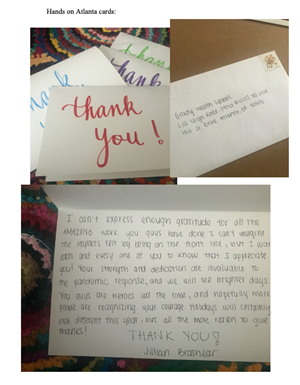 Hands on Atlanta “Thank You” cards
Hands on Atlanta “Thank You” cards
Entry 9: Julia Tigner, School of Literature, Media, and Communication
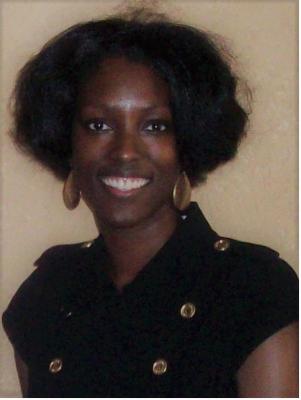 Amid such complex times of uncertainty, my English 1101 course during the Fall Semester “Discovering Spaces In-Between” related to students’ lived experiences of transitioning to collegiate life in the middle of a global pandemic. Prompting students to think about the college campus as a liminal space, ultimately offered students a platform to voice their sentiments and concerns within today’s context. Consequently, situating knowledge from students’ lived experiences allowed students to see themselves as scholars in a community and engage our course topic about liminality, space, identity, and movement more broadly.
Amid such complex times of uncertainty, my English 1101 course during the Fall Semester “Discovering Spaces In-Between” related to students’ lived experiences of transitioning to collegiate life in the middle of a global pandemic. Prompting students to think about the college campus as a liminal space, ultimately offered students a platform to voice their sentiments and concerns within today’s context. Consequently, situating knowledge from students’ lived experiences allowed students to see themselves as scholars in a community and engage our course topic about liminality, space, identity, and movement more broadly.
For example, students entered the ongoing conversation of monuments and statues in public spaces by reading “You Want a Confederate Monument?” by Caroline Randall Williams. In their reading, students considered the purpose of statues, particularly, what it means to install statues— figures that are largely symbolic of the past—on a college campus. Students’ reflection of this editorial not only laid down the groundwork for thinking further about our course topic, but also producing picture books aimed at a K-2 audience that explain the cultural significance and intentionality behind the placement of one of Tech’s beloved campus statues. (Example: Alex Grimmett tells a fun, engaging story about the Continuing the Conversation statue).
Furthermore, other key insights of the course—how we read and understand the space(s) people occupy and how factors of difference inform how individuals move—perhaps resonated with students due to current conversations around racial justice and police brutality. Using Ta-Nehisi Coates’ Between the World and Me as a frame, I adapted an assignment that prompted students to enter physical spaces to having students select a historical moment before 2010 in two different genres: painting/photograph and newsreel/video. Using their observation notes of their conceptual experiences, they replicated the conventions of The New Yorker profile to capture how a subject’s movement is transformative. (In this profile, Julia Wingard profiles Marina Abramovic’s movement as “walking the line of subject vs. object through performance art.”)
Though the work involved to make emergency remote teaching meaningful has had its highs and lows, it is my hope that students saw themselves as part of a larger conversation happening in real time about liminality, space, identity, and movement.
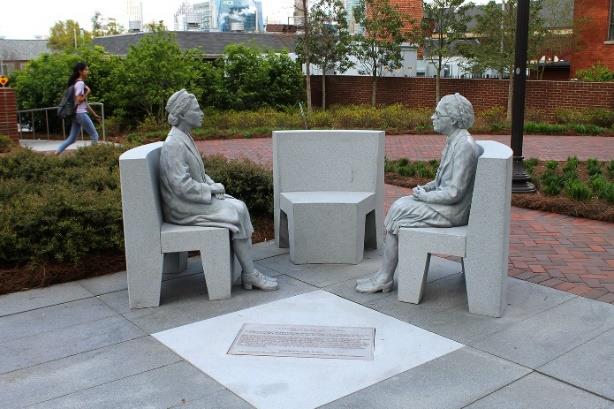 Changing the Conversation statue
Changing the Conversation statue
Entry 10: Emily Weigel, School of Biological Sciences
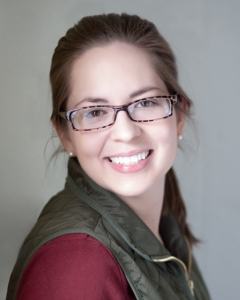 Behavioral Bio was supposed to be condensed to early summer semester to allow for 3-hour blocks for animal observations. However, once the pandemic hit, which closed Zoo Atlanta and moved classes online, the course needed to quickly shift gears. An entirely new course needed to exist in a few weeks-- and for double the enrollment.
Behavioral Bio was supposed to be condensed to early summer semester to allow for 3-hour blocks for animal observations. However, once the pandemic hit, which closed Zoo Atlanta and moved classes online, the course needed to quickly shift gears. An entirely new course needed to exist in a few weeks-- and for double the enrollment.
After some deep breaths, I set forth to intentionally make the course a needed bright spot in tough times. I buckled down, learning new software, finding footage of animal behavior worldwide, and generally redesigning the course to work online, especially considering the 3-hour-long classes. Despite the challenges, there were advantages: because we used zoo cameras vs. visits, we shared common vantage points for more consistent observations, and overseas expert colleagues could more easily join the course. We also were able to study novel behaviors in response to COVID lockdowns, which developed into a submitted manuscript (cross your fingers!). Our little community was able to withstand much in a time of turmoil, and I’m proud to say we survived (a phrase that takes on more these days) and learned lots.
Reading comments from students was heartening and reassuring:
- “Lectures were very interactive and never lost my interest (even with them being 3 hours long).”
- “Working with the breakout rooms, in class questions, and video discussions I was able to learn from not just Dr. Weigel but my peers”
- Before taking this class, I did not have much experience with hypothesis testing, graph construction/interpretation, and coming up with research questions and designs. However I feel this class does a really good job at focusing on these important parts of research and helping us to improve these skills while simultaneously learning about animal behavior.
In the year that 2020 was, I certainly consider that course a pleasant memory!
Entry 11: Chen Zhou, Industrial and Systems Engineering
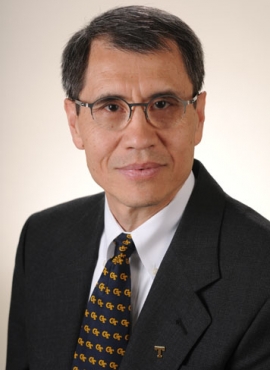 In Fall 2020, I taught 2 sections of ISyE 4301 Supply Chain Economics. Due to the pandemic, I thought it would be more beneficial for the students' learning if more emphasis were put on projects. If the students were to work on meaningful projects, they would be more motivated during the isolated environment. I reached out to Ruth Yow with SLS. She helped me to set up Garry Harris from CSC, Shannon Thomas from Urban Recipe, and Lauren Wood and Hilary King from Community Farmer's Market. I also reached out to Dr. Hughes-Troutman in CARE at Georgia Tech. Six teams with 30 students worked on projects on projects that are impactful to people's lives. The projects involve food insecurity, community services, education, service to GT students with mental help.
In Fall 2020, I taught 2 sections of ISyE 4301 Supply Chain Economics. Due to the pandemic, I thought it would be more beneficial for the students' learning if more emphasis were put on projects. If the students were to work on meaningful projects, they would be more motivated during the isolated environment. I reached out to Ruth Yow with SLS. She helped me to set up Garry Harris from CSC, Shannon Thomas from Urban Recipe, and Lauren Wood and Hilary King from Community Farmer's Market. I also reached out to Dr. Hughes-Troutman in CARE at Georgia Tech. Six teams with 30 students worked on projects on projects that are impactful to people's lives. The projects involve food insecurity, community services, education, service to GT students with mental help.
Typically, the students care a lot about the grades. Since these projects are so impactful to people's lives, the students would do extra, those not related to the grades, just to help people. After the projects, many students expressed great satisfaction that they had done something actually served people instead of just learning or "busy work".
Community partner feedback included the following:
- “The project has attracted major interest from ‘big green’ and environmental justice stakeholders from across the state to this ‘first of a kind’ initiative…”
- “I would like to attest to the benefits of Dr. Zhou's class project on CARE and the relevance of the project on student mental health and sustainability…The first project team that I worked with examined CARE staffing patterns and data in order to make recommendations related to staffing levels and appointment schedules… [It] was so important, that I agreed to continue the partnership with a new team of students this semester…”
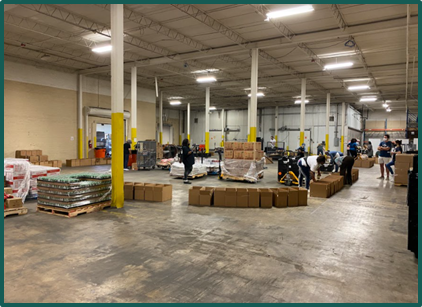 Students designed a system to optimize the food storage and distribution approach at Urban Recipe. In addition to designing a new conveyor system, students found a used conveyor option to help the partner contain costs.
Students designed a system to optimize the food storage and distribution approach at Urban Recipe. In addition to designing a new conveyor system, students found a used conveyor option to help the partner contain costs.